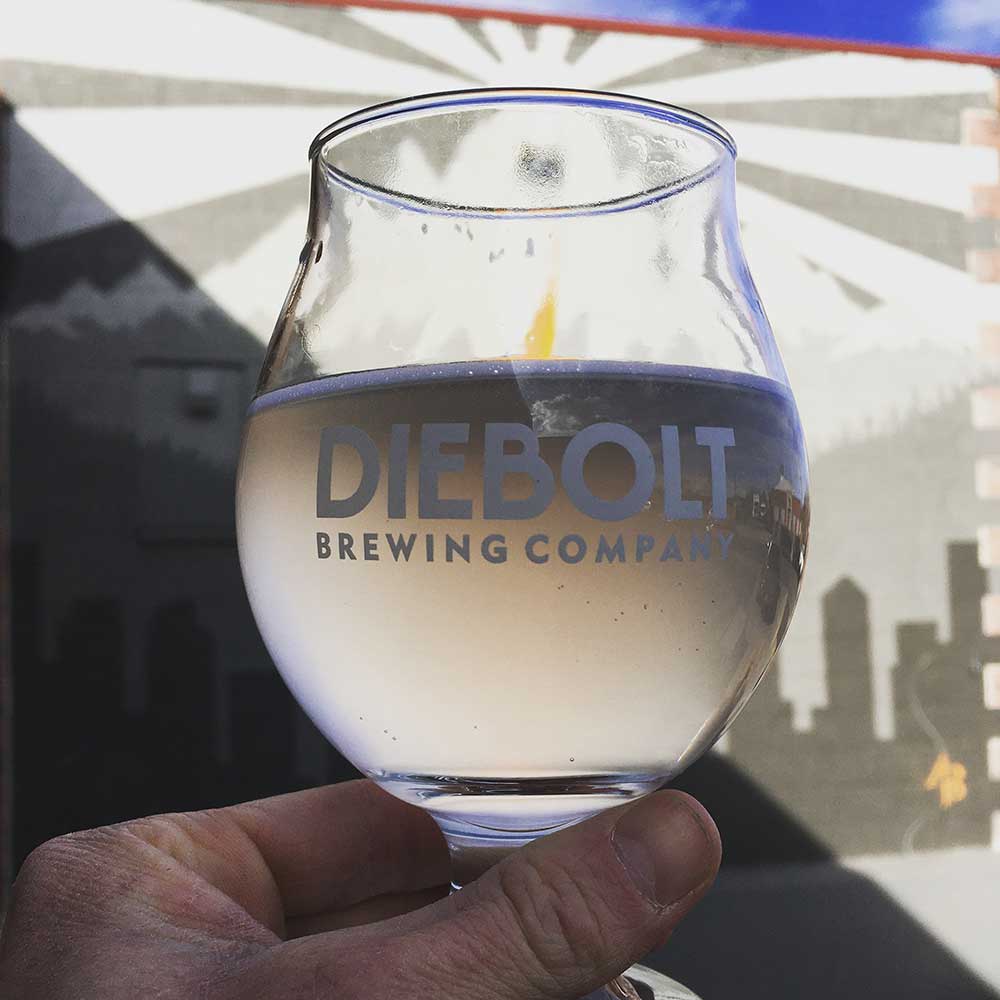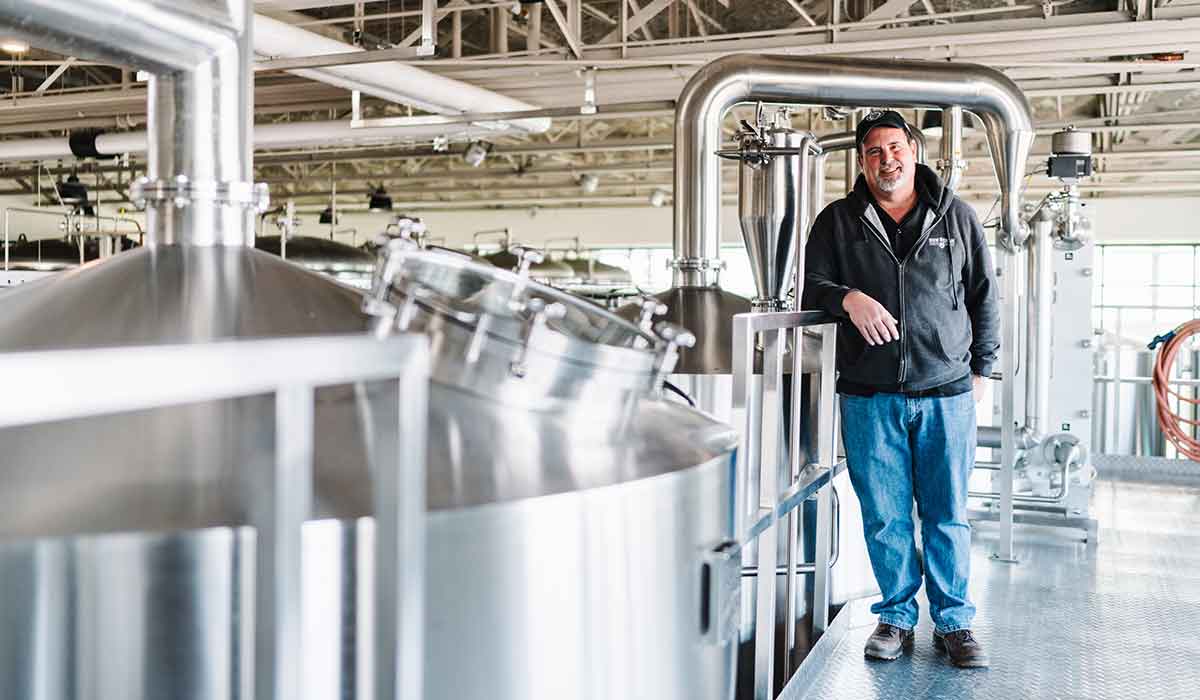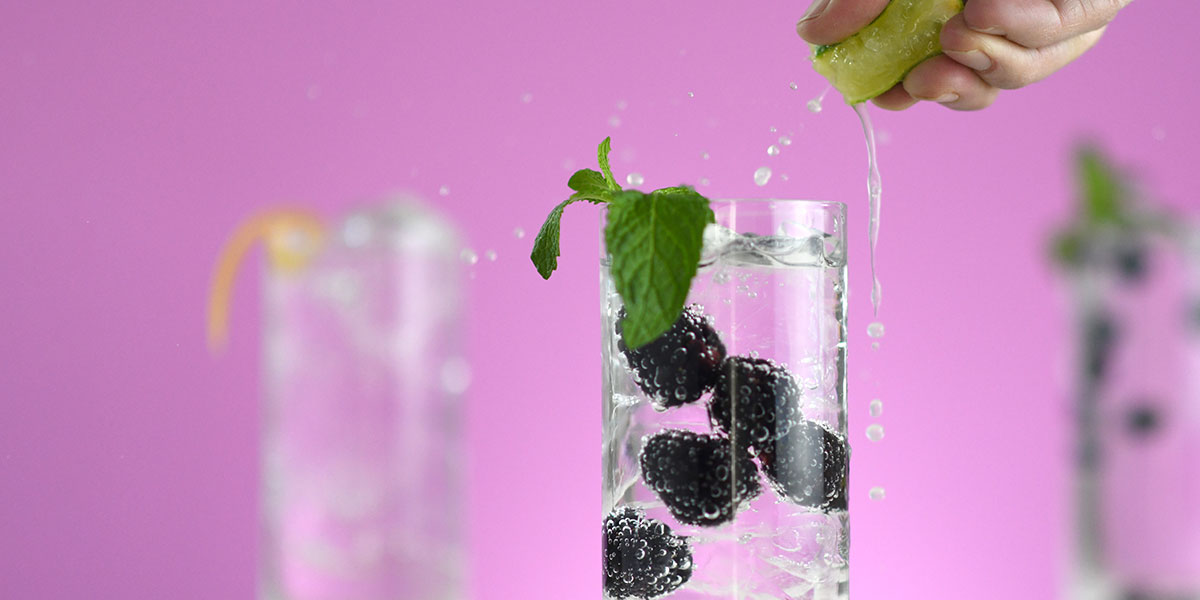Today’s veteran brewers are used to seeing style trends come and go. In the past decade, everything from fruited sours to pastry stouts to IPA substyles have risen to the forefront, then waned.
But something about the hard seltzer trend seems different, perhaps even risky to ignore. This is a whole new animal, a marked departure from what brewers are accustomed to. Faced with a tsunami of growing demand and more competition than ever before, many craft brewers are forced to operate outside their comfort zone–to adapt and evolve to meet the rising tide of requests for this bubbly, flavor-kissed craze.
Of course, with any new trend, there are naysayers, those who scoff at the notion of hard seltzer. After all, it contains no grain or (in most cases) hops–though brewing methods can vary, essentially the process involves dissolving sugar into boiling water, fermenting the sugar into alcohol, and infusing flavoring and carbonation after the fact. Seltzers are also gluten-free and relatively low in calories–two factors driving beer lovers’ changing tastes.
A Big Divergence
For most hard seltzer doubters in the industry, the qualms are philosophical.
“Seltzer just feels like a big divergence from some of the principles that made craft beer special in the first place,” says Chris Winn, co-owner and “chief high five officer” at Tradesman Brewing in Charleston, South Carolina. “It’s almost like we’re forgetting some of the lessons we had to learn 30 years ago, about pivoting and doing something different and unique instead of chasing trends. Craft as an industry did not get to where we are by copying the big brewers.”
Instead, Winn suggests brewers may be better off to “focus on the things you do really well and make you stand out.”
For Bill Eye, co-founder and brewer at Bierstadt Lagerhaus in Denver, that means only crafting and serving Old World-style lager, styles that take a significant amount of time and attention to detail.
“People coming to Bierstadt, they know we believe in a very traditional approach: lager, in a beautiful glass, made by people who have tried to bring the German beer experience to the U.S.,” Eye says. “We were flabbergasted by the amount of care and respect beer gets over there.”
“Whatever it is you put your name on, that has to do with what you as a person or company believe in. And I don’t believe in taking sugar and dissolving it in water and calling it brewing. I don’t believe in handing something like that to a customer with the same enthusiasm as a well-crafted helles.”
The Early Hard Seltzer Adopters

But for some small and independent craft brewers embracing the hard seltzer trend, the transition was much more natural.
“Back in 2008, we started making nonalcoholic sparkling water just for ourselves – we called it ‘skaqua,’” says Dave Thibodeau, president and co-founder of Ska Brewing in Durango, Colorado. “After 12 years, we just love having something with bubbles in our hand most of the day.”
Late last year, Ska took this a step further, introducing canned hard seltzers in a mixed 12-pack throughout their distribution network.
As a self-proclaimed “beer guy first,” Thibodeau admits he had “some trepidation” venturing into hard seltzers, but realized he had to “look outside my own selfish interests, and not just be a purist and brew only what I want but what our customers were asking and looking for.”
“These are customers we might not otherwise have, and now they’re sharing the experience of our taproom and our community.” – Dave Thibodeau
And for Thibodeau, seltzer is no further removed from beer than other recent trends.
“When some brewers are going to Walmart and filling their cart with Fruity Pebbles for their next IPA, I don’t see how you can dis on seltzer,” he says.
Tackling controversial styles is nothing new for Upslope Brewing Company, based in Boulder, Colorado. When the brewery debuted its flagship Craft Lager in 2011, few in craft beer were focusing on anything like that–yet. Then in May 2019, Upslope introduced its Spiked Snowmelt lineup of hard seltzers. The two brands are now the craft brewery’s top products, with each commanding relatively equal production volume.
“There was a way worse response when we put out Craft Lager than when we did seltzer,” says Henry Wood, the brewery’s vice president of sales and marketing. “We heard, ‘Congrats, you made Budweiser,’ as if there was this disappointment we made a lager.”
“But thank goodness we did, because that was one of the last unexplored spaces for craft beer when ABV was growing and IBU was going through the roof,” Wood says, referring to the past trend of ever-stronger IPAs. “We said, ‘What happens if we go another way?’, and everyone in this company has benefitted from that.”
(MORE: Is 2020 the Year of the Low-Cal IPA?)
Brewing Hard Seltzers: Simple Ingredients, Hard Process

While the ingredient list for hard seltzers may be straightforward, some brewers have found making one still presents significant challenges. A thin window for fermentation and a relative lack of flavors to mask flaws behind translates to many a test batch going down the drain.
“It was easily the hardest fermentation process since our first original beer batches,” says Jack Diebolt, co-founder and head brewer at Diebolt Brewing Company in Denver. His first attempt at brewing hard seltzer “was uncharted territory, and it simply wasn’t fermenting out. We couldn’t tie up a tank with something that wasn’t fermenting, so we had to dump it.”
“Managing fermentation and yeast health is one of the greatest challenges with beer, and seltzer’s ingredients don’t provide any nutrients for yeast,” says Mitch Steele, brewmaster and chief operating officer at New Realm Brewing in Atlanta, which he co-founded in 2017 after nearly 30 years in the industry.
(More: Craft Brewery’s Fight Against Human Trafficking Gets Boost from Delta Air Lines)
New Realm offers draft variations on its house-made hard seltzer in its two restaurants–the second location is in Virginia Beach, Virginia.
“Finding the fermentation protocol that works so your yeast stays healthy and gives you the results you want is a challenge,” Steele said.
Widening the Aperture
While many craft brewers making hard seltzer acknowledge it may not be their own first choice of beverage, they see the need to cater to its growing demographic, both from a business and community perspective.
“It’s all about widening the aperture of your customer,” Wood says. “Now people can come into the Upslope taproom who are gluten-free or don’t drink beer, when they used to go to a bar or restaurant for their office happy hour.”
While Steele admits that offering a seltzer remains “a very philosophical debate” for his team, he still acknowledges its necessity.

“I know a lot of brewers have flat out said they won’t make a seltzer, and good for them–I respect that,” he says. “But from the point of view of our restaurants, we have customers who want a drink that’s not beer, and Georgia state law does not allow us to offer outside products.”
And for Diebolt, it’s simply a matter of ensuring that alternative is a product of your own making.
“This is the first time in our brewery’s history that we’ve been able to offer anything dramatically different from beer that we make in house,” Diebolt says. “People come here to taste our creativity, so I’d prefer to offer them something we make.”
Ska’s Thibodeau has seen firsthand the draw of seltzer for new customers.
“In the tasting room [the other] night, about three-quarters of the people drinking seltzer I didn’t recognize – and I know our regulars,” he says. “These are customers we might not otherwise have, and now they’re sharing the experience of our taproom and our community.”
(More: Don’t Drink Another Beer Before Reading This)
Whether they choose to make a hard seltzer or not, most craft brewers concede that each brewery must decide for themselves.
“Are people freaking out when you go to bar and one person gets wine, one gets beer and another a vodka soda?” Thibodeau asks. “There’s not much difference, as long as they’re all sitting at a table having a good time.”
Even Eye agrees.
“I’m not here to tell people not to drink or make seltzer,” he says. “Drink what you like, it’s not a moral judgement.”
“The best expression of what we do is people drinking our beer without having to think about what went into it. At the end of the day, the most important question the customer should have to face is, ‘Do you want another?’”
CraftBeer.com is fully dedicated to small and independent U.S. breweries. We are published by the Brewers Association, the not-for-profit trade group dedicated to promoting and protecting America’s small and independent craft brewers. Stories and opinions shared on CraftBeer.com do not imply endorsement by or positions taken by the Brewers Association or its members.


Share Post